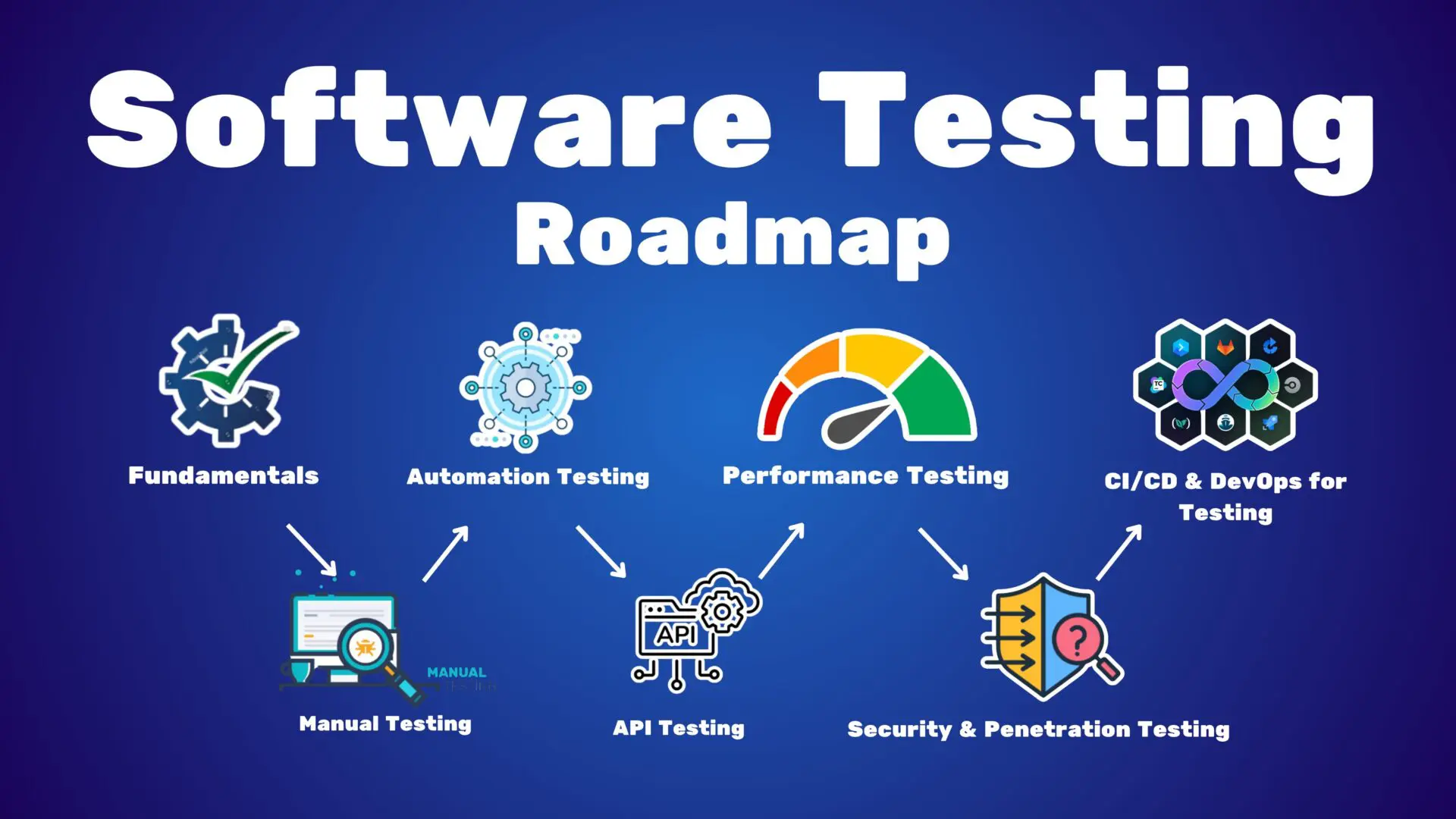Imagine a blacksmith forging a sword. He doesn’t trust its strength by simply admiring the shine; he strikes it, bends it, and exposes it to heat and pressure to see if it holds. Mutation testing is the software equivalent of that trial by fire. Instead of merely checking if tests pass, it checks if the tests are strong enough to detect intentional flaws. This method challenges the quality of your testing suite—not by questioning what’s right, but by deliberately introducing what’s wrong. For learners pursuing Software Testing classes in Pune, this concept reveals the artistry of building robust systems that can withstand every blow of failure.
The Art of Breaking to Build
In traditional testing, we ensure the software behaves as expected. Mutation testing flips the narrative—it asks, What happens if we break it slightly? A developer, or more accurately, an automated tool, introduces small changes in the code, known as mutations. These are tiny errors—switching a “>” to “<”, changing a boolean condition, or altering an arithmetic operator.
The goal is not sabotage but enlightenment. When the test suite runs, if it catches the mutation and fails the test, that’s a success—it means your tests are sharp. But if the mutated code slips through undetected, it exposes a blind spot. It’s like finding a tiny crack in a dam before it bursts. Mutation testing teaches teams that perfection in code isn’t about having no mistakes; it’s about having the eyes to see them before they matter.
The Laboratory of Mutants
Visualise your codebase as a scientific lab filled with clones. Each clone is slightly different from the original, carrying a single genetic mutation. Some are resilient, some are fragile. The test suite acts as a microscope, examining these clones one by one. When a clone “dies”—meaning the test catches the error—the suite has done its job. But when a clone “survives,” it indicates weakness.
Tools such as PIT (for Java), MutPy (for Python), and Stryker (for JavaScript) automate this process, generating hundreds or thousands of mutants. The real craft lies in interpreting the results. Mutation testing doesn’t just show whether code works—it reveals how deeply the tests understand the logic beneath. Students attending Software Testing classes in Pune often find this approach illuminating because it transforms abstract testing into a living experiment of precision and feedback.
The Strength Ratio: Killing Mutants with Precision
The effectiveness of a test suite is measured by its “mutation score”—the percentage of mutants that were detected and eliminated by tests. A high mutation score means your test suite is vigilant; a low score means it’s too trusting. But not all surviving mutants are bad news—some are “equivalent mutants,” changes that don’t actually affect behaviour. For example, replacing “x = x + 1” with “x += 1” doesn’t alter logic so that no test would catch it.
This delicate balance between false alarms and fundamental weaknesses defines the sophistication of a testing environment. Mutation testing thus becomes a dialogue between developers and their code—each iteration bringing deeper insight. It’s not about generating more tests; it’s about generating smarter ones.
Mutation Testing in Agile and DevOps
In Agile environments, where code evolves continuously, regression tests are like safety nets that ensure nothing breaks during change. Mutation testing enhances that safety net by reinforcing its weakest threads. Integrated into CI/CD pipelines, it provides a continuous gauge of test strength.
Picture an orchestra preparing for a concert. Every new tune or instrument added must harmonise with the rest. Mutation testing ensures that when a developer adds a feature, it doesn’t create discord in existing symphonies. The approach aligns beautifully with DevOps principles—continuous integration, continuous feedback, and continuous improvement. The cycle never ends; it only refines.
Why Mutation Testing Builds Better Testers
There’s a quiet humility in mutation testing. It teaches that no test suite is ever flawless. By intentionally planting seeds of imperfection, testers learn to think like attackers, not defenders. They become more observant, more analytical, and more empathetic toward the system’s vulnerabilities.
For learners in Software Testing classes in Pune, understanding this methodology nurtures a mindset beyond routine validation. It instils curiosity—what if this logic fails under a slightly different condition? It builds professionals who not only test what’s written but also question what’s assumed. In a world where automation dominates, this human inquisitiveness remains irreplaceable.
Conclusion
Mutation testing is not about celebrating errors—it’s about engineering resilience. Like a sword strengthened by heat and hammer, your test suite matures through deliberate challenge. Each mutant slain marks a victory of vigilance, while each survivor whispers where to improve next. For developers and testers alike, it’s a constant reminder that software reliability isn’t built on code alone but on the courage to confront imperfection.
When mastered, this practice transforms testing from a checklist to a craft—a process that shapes sharper tools, smarter testers, and more trustworthy software.

